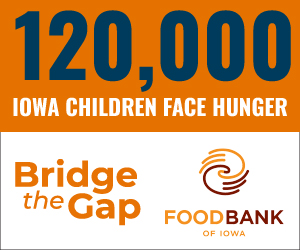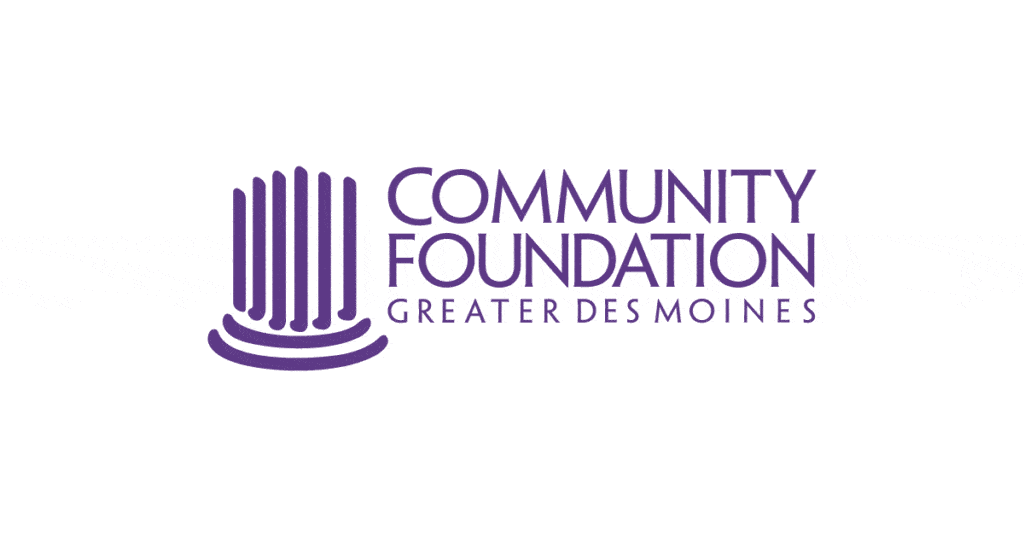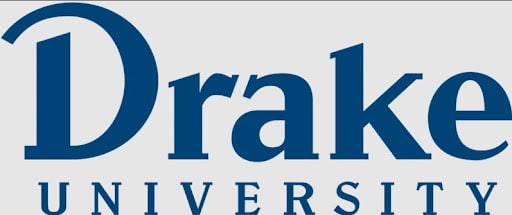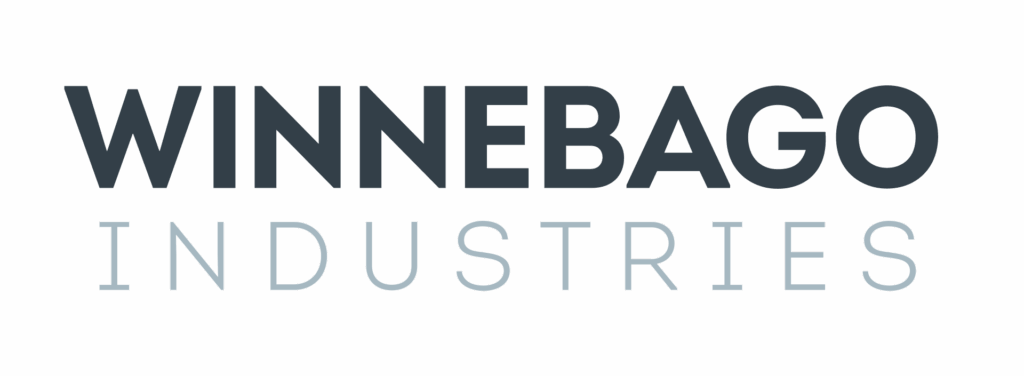Iowa economy continues to expand in December, but at slower pace

BUSINESS RECORD STAFF Jan 5, 2021 | 4:42 pm
<1 min read time
0 wordsAll Latest News, Economic DevelopmentIowa’s economy continued to grow in December, although at a slower rate than the previous month, according to a monthly survey of supply chain managers released Monday.
Iowa’s Business Conditions Index, compiled by Creighton University, declined to 64.7 in December, down from 74.6 in November, the report showed. The performance mirrored the regional index, which fell to 64.1 in December from 69 the previous month.
The monthly survey of supply managers in nine states is a mathematical average of indexes for new orders, production or sales, employment, inventories and delivery lead time. It ranges from 0 to 100 with an index greater than 50 indicating a growing economy over the next three to six months. The other states evaluated in the survey are Arkansas, Kansas, Minnesota, Missouri, Nebraska, North Dakota, South Dakota and Oklahoma.
The index was pushed to its lowest level in 11 years in April 2020 as the coronavirus pandemic spread across the country, forcing business closings, layoffs and furloughs. Since then it has climbed into growth territory in seven of the past eight months.
“Creighton’s monthly survey results have mirrored the national manufacturing survey results indicating that the manufacturing sector has been expanding at a solid, but slowing, pace since sinking to a post-2008 recession low in April,” said Ernie Goss, director of Creighton University’s Economic Forecasting Group and the Jack A. MacAllister chair in regional economics at Creighton University’s Heider College of Business. “Even so, current output in the regional and U.S. manufacturing sectors remains well below pre-COVID-19 levels.”
In Iowa, the new orders index was 66.2, production or sales was 62.5, and delivery lead time was 83. The index measured the lowest in employment and inventories, which measured 55.6 and 57.7 respectively, the report showed.
Since the onset of the coronavirus pandemic, Iowa has lost 78,000 nonfarm jobs, according to the U.S. Bureau of Labor Statistics data included in the report.
The top performing industry in Iowa in 2020 was financial services, the report showed.
Supply chain managers across the region were asked what they believe will be the greatest economic challenge in 2021. About 36% said finding and hiring qualified workers will be their biggest challenge this year.
About 20% said increasing input prices will be the biggest challenge. On average, supply chain managers said they expect to receive a wage or salary increase of 2.1% in 2021, but 20% of those responding said they anticipated no increases in 2021.
Goss cited upticks in coronavirus infections in December for a drop in confidence, which fell from 50 in November to 45.8 in December.
“A sharp upturn in COVID-19 infections, along with more economic lockdowns, weighted on December’s economic outlook,” Goss said.
He also said regional trade numbers were weakened in December, with new export orders dropping nearly 25 points, from 75 in November to 50.1 last month. Domestic manufacturing also fell to 63.2 in December, down from 67.9 the prior month, the report showed.
“The trade-weighted value of the U.S. dollar has declined by approximately 10 percent over the past nine months,” Goss said. “Moreover, the outlook continues to be negative for the dollar. The cheaper dollar makes U.S. goods more competitively priced abroad. I expect this trend to be very supportive of U.S. exports in the months ahead.”









